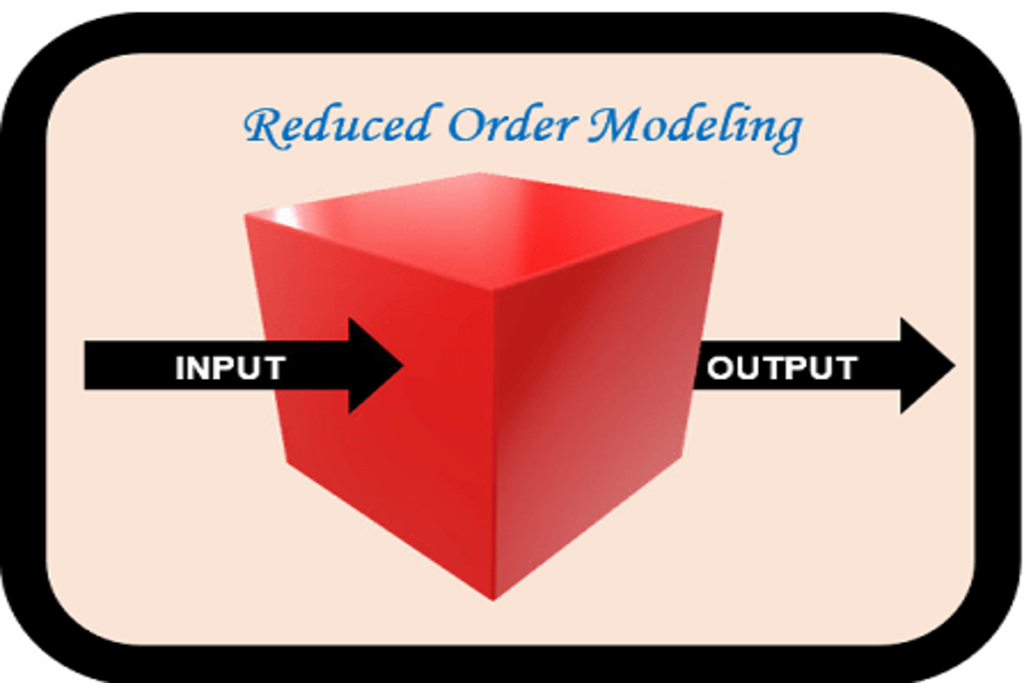Reduced Order Modeling (ROM)
Overview
Reduced-order modeling forms the crux of our research, and is widely employed in surrogate model construction, uncertainty quantification, dimensionality reduction etc. It allows one to approximate complex system with many degrees of freedom using a simplified low-dimensional model.
Our group uses ROM to understand the behavior of large systems by reducing it to its chief components.
Relevant work
A Hybrid Energy System Workflow for Energy Portfolio Optimization
This work by Jia Zhou employs reduced-order modeling to synthetically generate samples describing demand data for utilities. The synthetic data may be used to optimize the mix of capacities from different energy producers such as nuclear, gas, wind and solar and forms a critical part of the RAVEN framework developed at Idaho National Lab (INL).
ROM-Based Surrogate Systems Modeling of EBR-II
This work by Yeni Li constructs surrogate models for an EBR-II design nuclear reactor by employing ROM techniques with probabilistic error bounds. Such models help reduce the computational expenses associated with a full CFD simulation and improves the characterization of complex multi-dimensional physics using simple linear algebra.

